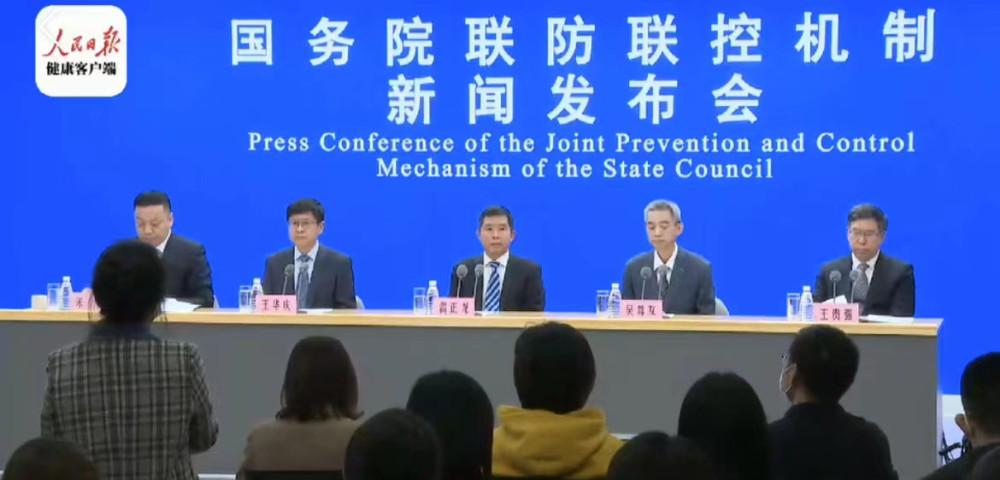Wu Zunyou, chief expert of epidemiology at the Chinese Center for Disease Control and Prevention, said at the joint prevention and control press conference on March 25 that those who have not completed the risk investigation of time and space are recommended to isolate until the investigation is completed.

"Space-time accompaniment" is sometimes called "space-time intersection", which generally refers to people who have stayed together for a period of time in the same time and space grid as confirmed COVID-19 patients within 14 days. For example, if an infected person has been to a certain place in 14 days, and someone's trajectory in these 14 days has intersected with him, it may be identified as a space-time companion. Screening "space-time companions" can maximize the detection of potentially infected people, so that early detection and prevention and control can be moved forward.
In the actual epidemic prevention and control, a large number of time and space accompaniments are often found in a short period of time, and it is impossible to check each time and space companion in time. Space-time companions who have not completed risk investigation shall, in accordance with the requirements of prevention and control, isolate at home, or isolate at designated places until the investigation is completed, or lift the space-time companion state.
Editor-in-charge: Chen Longfei